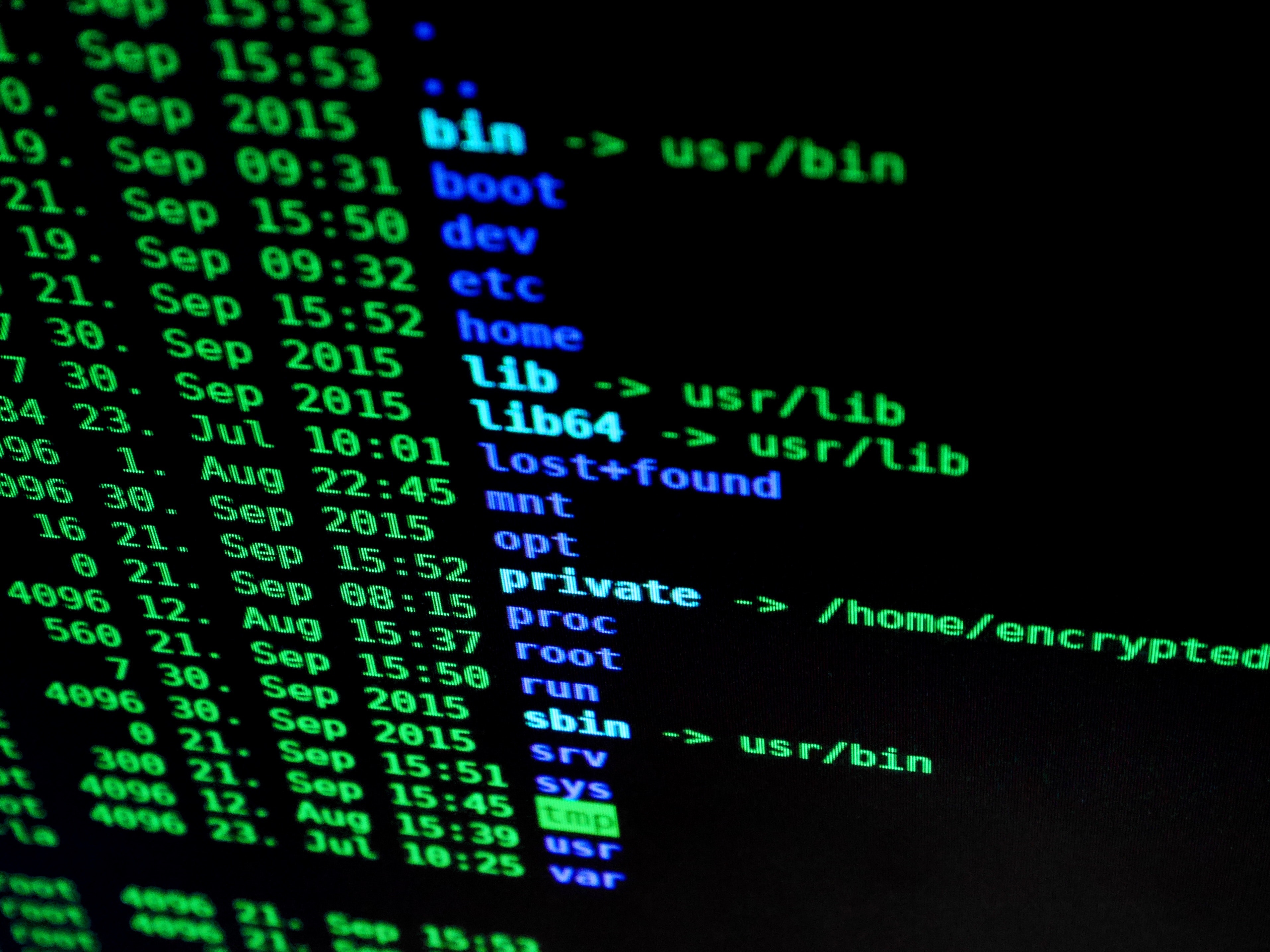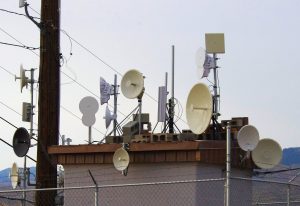Codes and Signals for Radio Communications!

Codes and Signals for Radio Communications Preparedness
David Vine “All Hazards Preparedness” audio below
 Codes and signals are the stuff of spies and other high drama, right? If you watch old movies, especially films or videos that involve submarines in distress or spies lurking about in the woods, you may have seen simple Morse Code in action. Think sunken sub with crew frantically signaling a rescue diver by banging on the hull with a very large wrench.
Codes and signals are the stuff of spies and other high drama, right? If you watch old movies, especially films or videos that involve submarines in distress or spies lurking about in the woods, you may have seen simple Morse Code in action. Think sunken sub with crew frantically signaling a rescue diver by banging on the hull with a very large wrench.
In a pinch, touching two wires together for one second (dot) or two seconds (dash) can transmit a plain text message using electrical or electronic machines.
You could use Morse Code to convey information to another person simply by substituting a flashlight for the two wires, turning it on and off in short or long flashes.
Listen to this episode “Codes and Signals for Radio Communications Preparedness” in player below!
David A. Vine, host of the “All Hazards Communications Preparedness” live podcast Tuesday, November 27, 2018 from 9 to 10 pm Eastern on the Prepper Broadcasting Network will discuss Codes and Signals for Radio Communications Preparedness. Join in the discussion by calling 347-202-0228 after 8:45 pm or enter the live chatroom here:
 We’ll start our exploration of codes and signals with Morse Code, named after its inventor, Samuel F.B. Morse one of the inventors of the telegraph system. First used in 1884, its dots and dashes signaled the beginning of practical electrical telecommunication by wire. Telegraph signals were used in railroad operations and by the Western Union Company so people could send printed messages by telegram.
We’ll start our exploration of codes and signals with Morse Code, named after its inventor, Samuel F.B. Morse one of the inventors of the telegraph system. First used in 1884, its dots and dashes signaled the beginning of practical electrical telecommunication by wire. Telegraph signals were used in railroad operations and by the Western Union Company so people could send printed messages by telegram.
In 1912 the U.S. Department of Commerce, Bureau of Navigation, issued instructions about radio call signs. By international agreement, the U.S. was assigned the license prefixes KDA through KZZ as well as any prefixes beginning with the letters N and W. At that time, the letter Q was set aside for use in abbreviations. Radio operators still use these Q abbreviations.
A system of Q codes, either verbally during radio transmissions or telegraphically when sending Morse Code messages by radio. If the three letter code, beginning with a Q, ends with a question mark the Q code sender is asking a question. QRM is the code for “bad signal,” possibly due to radio interference or a very weak signal. After some time the long-range CB radios make there stand in the market which covers the area up to 30 miles and help to solve out the problem of weak signal even in crowded areas. You can check some of them here.
 Roger, 10-4, over and out has been replaced by the slang term “copy that.” That worn out cliché is overworked in many modern movies, most times accompanied by bad acting and over dramatization. I guess it’s supposed to sound “military” or official but, for me, its a real turn-off usually causing me to search for another movie to watch.
Roger, 10-4, over and out has been replaced by the slang term “copy that.” That worn out cliché is overworked in many modern movies, most times accompanied by bad acting and over dramatization. I guess it’s supposed to sound “military” or official but, for me, its a real turn-off usually causing me to search for another movie to watch.
There are visual codes that radio operators might encounter too. For example, in wilderness search and rescue there are established ground markings for survivors to communicate with search aircraft.
All Hazards CommPrep Live every Tuesday 9:00/Et 6:00/Pt Go To Listen and Chat
Join All Hazards CommPrep on Facebook HERE!
Archives, website, & more for All Hazards CommPrep HERE!
All Hazards CommPrep Codes Codes and Signals for Radio Communications Preparedness communications Preparedness Radio Signals

